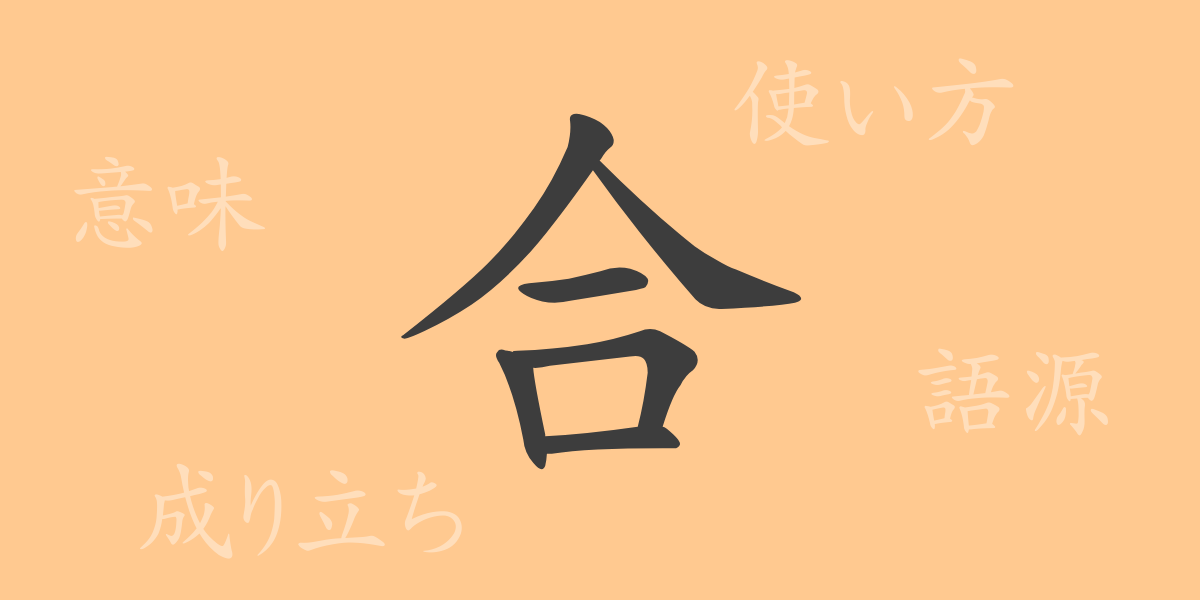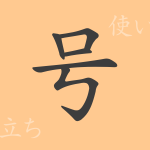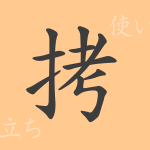In the Japanese language, numerous kanji characters exist, each with its own unique history and meaning. One of the kanji frequently used in our daily lives is “合(ごう).” This article delves into the rich meanings and uses of the character “合(ごう),” exploring its origins, usage in idioms and proverbs, and uncovering its charm. Understanding the power of a single kanji character will deepen your comprehension of the language.
Origins of 合(ごう)
The kanji “合(ごう)” originated from ancient China, developed from a pictogram representing a closed mouth. Originally symbolizing a closed mouth, it came to mean uniting people or matching things. Over time, it evolved into its current form, but its fundamental meaning of unification or agreement has remained consistent throughout history.
Meanings and Uses of 合(ごう)
The kanji “合(ごう)” has several meanings, including “to match,” “to combine,” and “to total.” It is used in words symbolizing rationality and cooperation, such as “合理的(ごうりてき)” (rational) and “合意(ごうい)” (agreement). Additionally, “合(ごう)” is often used in contexts where multiple elements cooperate to produce a single outcome, like in “合唱(がっしょう)” (chorus).
Readings, Stroke Count, and Radical of 合(ごう)
The kanji “合(ごう)” has various readings in Japanese.
- Readings: The on’yomi (音読み) is “ごう,” while the kun’yomi (訓読み) readings include “あ.う,” “あ.わす,” and “あ.わせる.”
- Stroke count: It has a total of 6 strokes.
- Radical: The radical is 口(くちへん) (mouth).
Idioms, Phrases, and Proverbs Using 合(ごう)
Many idioms, phrases, and proverbs in Japanese include “合(ごう).” For example, expressions like “意見が合う(いけんがあう)” (to agree), “合点がいく(がてんがいく)” (to understand), and “顔を合わせる(かおをあわせる)” (to meet face-to-face) relate to human relationships and understanding. Words like “合格(ごうかく)” (pass), “合計(ごうけい)” (total), and “合戦(かっせん)” (battle) illustrate achieving goals, summing numbers, and competition. These terms naturally integrate into daily life, reflecting the culture and values behind the language.
Conclusion on 合(ごう)
The kanji “合(ごう)” has maintained its shape and meaning over time, deeply rooted in people’s lives and language. Understanding the power of a single kanji, which encompasses various expressions and emotions, is crucial for appreciating the richness of the Japanese language and achieving more accurate and expressive communication. Recognizing the significance of each character reveals not only the language’s beauty but also the key to better communication.

























